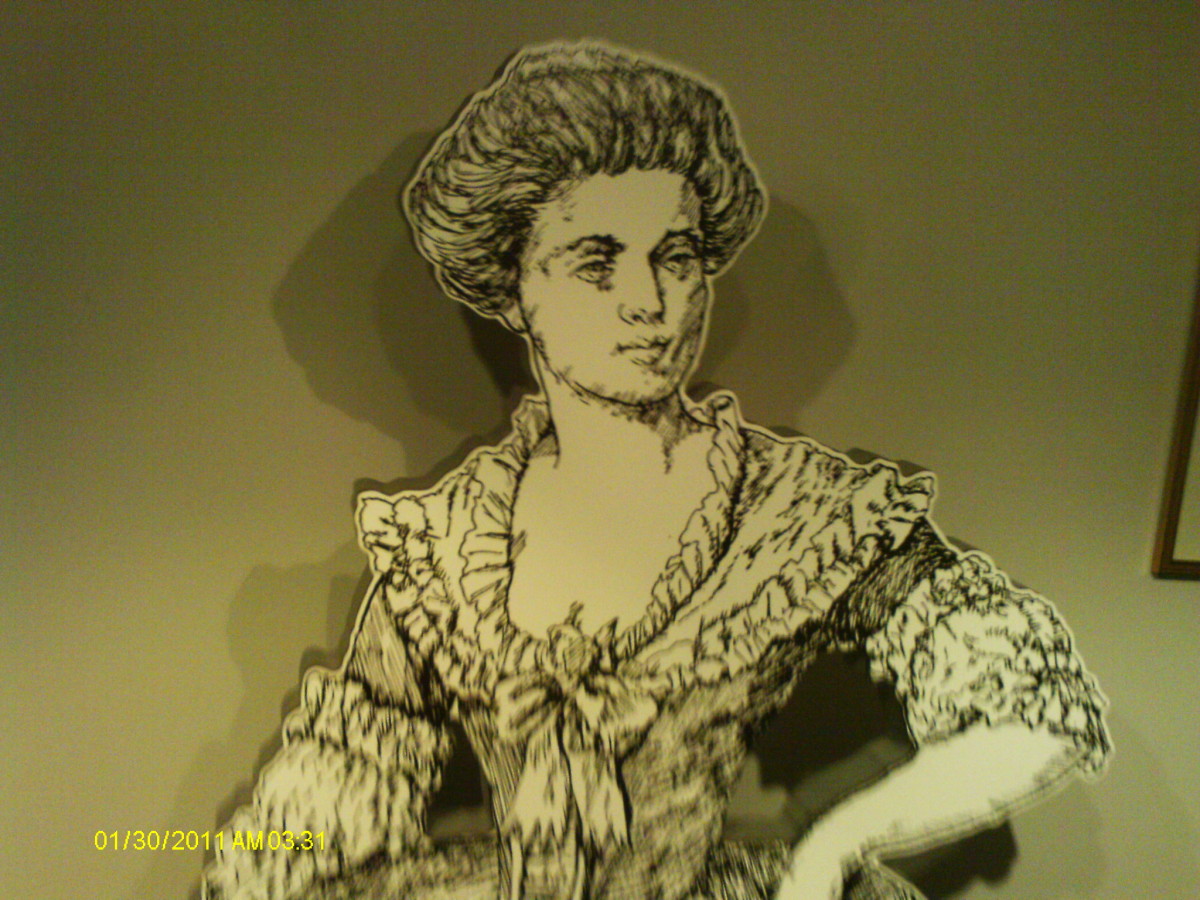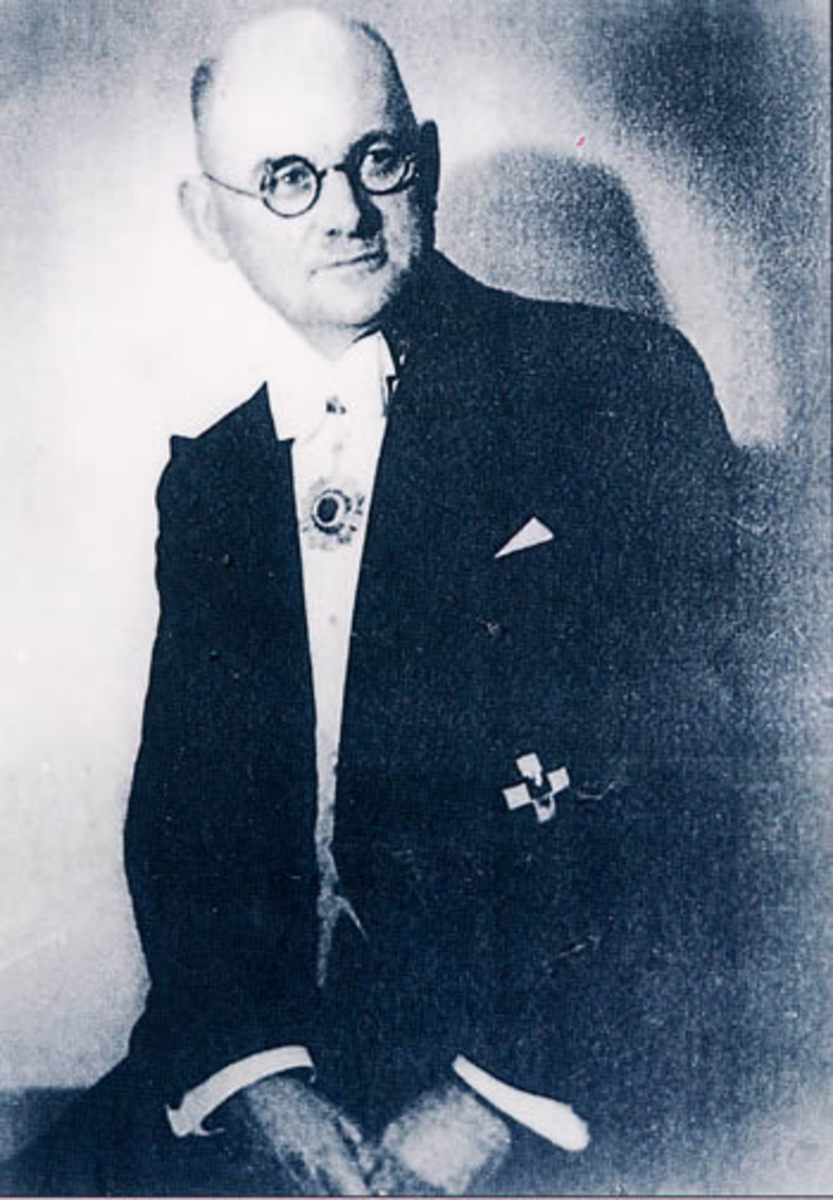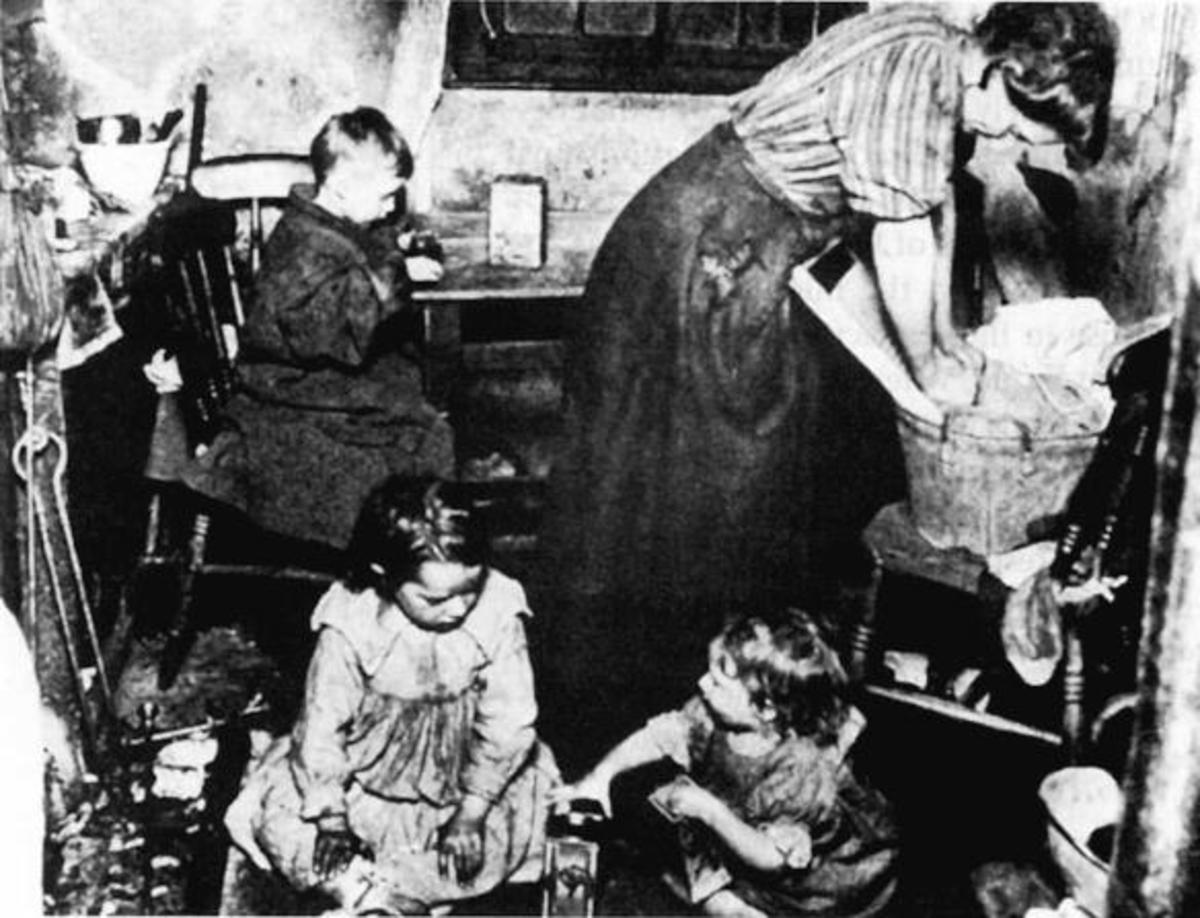Atrocities Toward Women During Egyptian Revolution
In early 2011, Egypt found itself in the midst of a revolutionary change. The regime of thirty years was overthrown with the cries for a new and brighter future that would allow all Egyptians to have a voice including women. Many times throughout history, Egypt has led the way for the rest of the Arab world and been the guiding force. The steps women took in the Egyptian revolution and the months following could be a contentious tsunami that would sweep across the Arab world at a very high price forcing the status of women to come into question.
Egyptian Women in the Shadows
The role of most Arab women is submissive to the point of being invisible in most fundamental countries. Traditional Egyptian women covered their hair with many using veils to cover their faces. Compared to many Arab countries they have had more freedom for education and participating in their culture while still taking a back seat as a second class citizen. Their voices had been quiet when it came to politics or any other matter outside the home. Women could advance in education but having the authority to exercise their power was practically nonexistent.
It took the Egyptian revolution to open the door for women to come forth and with one voice be heard. They found out it came at a price.
Extreme Situations
As the initial waves of the revolution surged forth, women found themselves facing extreme situations and possible death at the hands of the ones they thought would be their salvation and liberators into a new era.
During the protests that began the revolution, women stepped out of their traditional roles and from the protection of their homes and male relatives to send their voices where they had never been heard before on the national and international stage. They gathered together demanding a new government that would help them take their place in the twenty-first century. In the process, they found their voices heard and acted upon in ways they only would have imagined in a nightmare. The reports in both American and Middle Eastern papers revealed a dark side to Egyptian humanity.
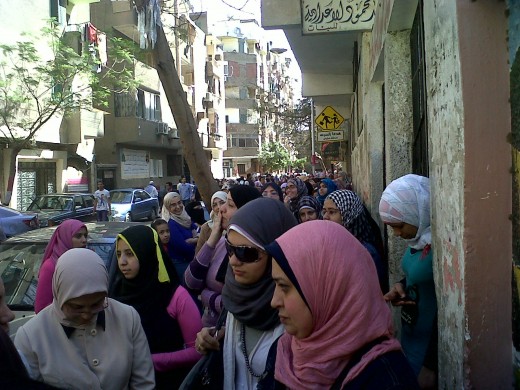
Samira Ibrahim Mohamed
Samira Ibrahim Mohamed attended the protests of the revolution bringing down the long-term government. In these groups, men and women stood side by side calling for a new government and a new future. Ms. Ibrahim was arrested during those protests and taken to the Cairo museum. This famous tourist location was made into a building, not of art, but of blood and horror, as detainees were tortured. The soldiers forming the temporary government bused extreme methods on anyone including women they pulled from the crowds.
Harsh Treatment
Her captors, soldiers of the temporary government, gave her “electric shocks” that caused “her body to twitch spasmodically for days” following the administration of the shock torture. The shocks scarred her body permanently. She was stripped before the men and ‘tested’ for verification of her virginity. This harsh and humiliating treatment was what Ms. Ibrahim found because she desired to be part of the political movement of her country and have her voice be heard. It was also from the desire of the temporary government to remind her that she was just a woman. She was sexually assaulted and cruelly treated by those she thought would protect her.
Women Stepped Forth
As the revolution began, women throughout Egypt took the opportunity to step out into the public sphere and stand beside men to protest the actions of the government. Sadly, these actions were not well received by the military or religious fundamentalists. The men that stood beside the women during the protests saw them more as equal while the new government and religious leaders are “intent on limiting women’s freedoms.”
These atrocities were reported in the American published New York Times papers in detail.The international community jumped on the reports while Egyptian papers tried to ignore the acts as they traditionally had done. Sexual assault was traditionally kept quiet and ignored for fear of rejection by a culture.
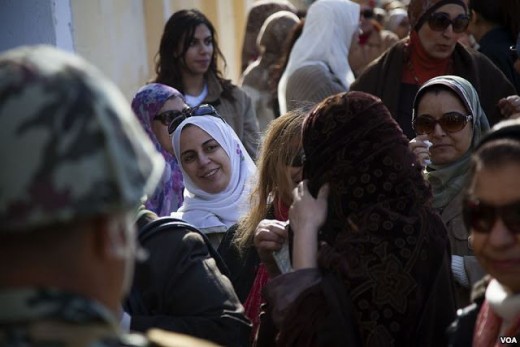
The Press
The Middle Eastern paper, Al Arabiya, wrote during the same time how the country now had an “historical opportunity to build on the momentum of its revolution and lead the region in social progress” by the “courageous women” who stood in protest in Tahrir Square the chance to “have a seat at the table in Egypt’s decision-making circles.” The focus was on the opportunities that were now presented for women instead of the atrocities inflicted on them. They did not ignore the outrageous acts. They tried to focus on the positive side of the revolution early on instead of the horrors that accompanied it.
Women Making History
The newspaper reported more of the historical role women played in the “reinvention of Egyptian society” through their professions and roles as “doctors and dissidents, artists and organizers.” The horror of sexual harassment and torture was not completely ignored in the beginning as the one news piece mentioned the rape of an American reporter, but followed the statement by proclaiming the stance of most women that the incident had been “a terrible exception to the norm during Egypt’s transformative 18 days.”
Eventually Came Focus
It did take time for the papers in the Middle East to focus on the atrocities that were occurring as it breaks from the traditional handling of women and sexual harassment. The Al Arabiya online newspaper is a division of the Al Arabiya News Channel which calls itself the “leading news channel in the Arab world.” Its news reports are available in a variety of languages including Arabic, Farsi, and English in an attempt to reach those of Arab descent and those that want to know more about Arab cultures. In doing so, Al Arabiya found itself having to report on rape and sexual assault of Arab women where most Middle Eastern papers would turn a blind eye to it.
Sources:
"Women and Revolution in the Middle East." http://www.mepc.org/articles-commentary/commentary/women-and-revolution-middle-east?print
Zoepf, Katherine. "A Troubled Revolution in Egypt." New York Times.
Zoepf, Katherine. Excellent Daughters: The Secret Lives of Young Woman...

